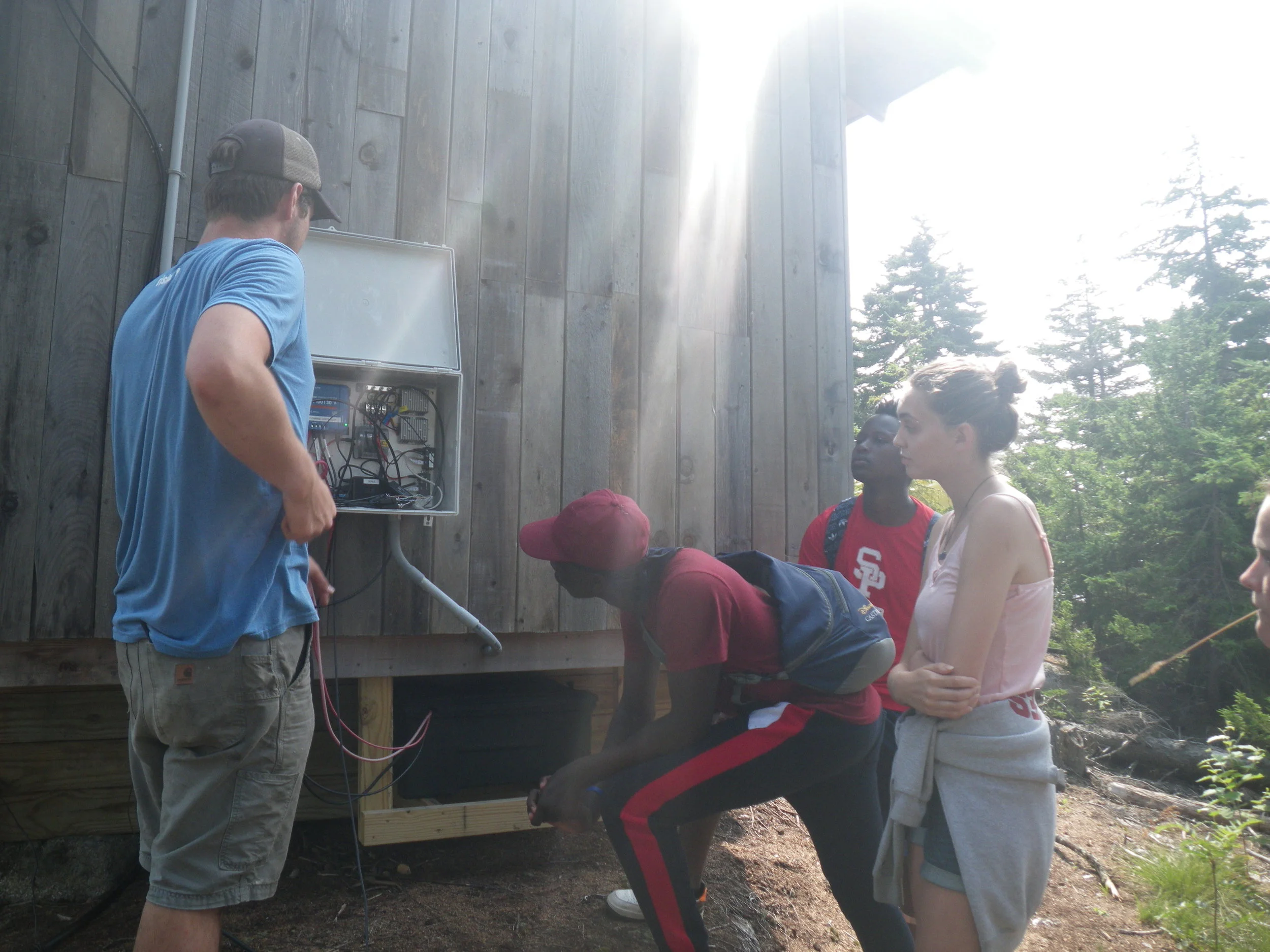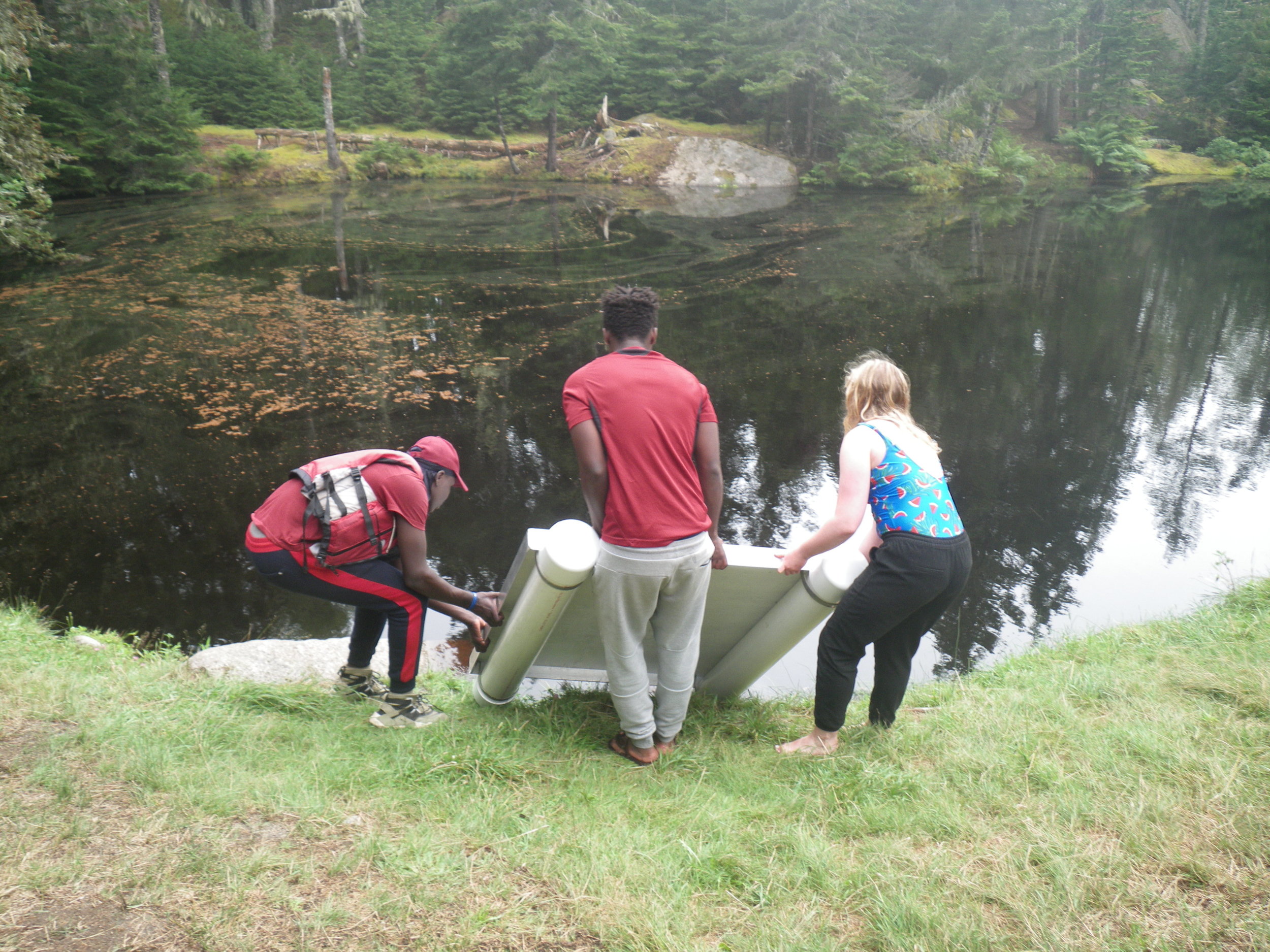Written by Lilla Fortunoff
Ten students from Pomfret School arrived on Hurricane for a 10-day intensive Marine Biology course. At the start of the program some of the students and chaperones knew each other, but many of them did not, though you would never have known it by the end of the second day despite the fact that the students ranged in age from rising 9thgraders to a post-grad student. With every group that comes to the island for more than two days, we always ask the participants to create a set of community agreements to establish the ways they want to treat each other and to what behavior they will hold themselves accountable. The Pomfret students and teachers engaged enthusiastically with this foundational exercise. The Pomfret school is a private school in Connecticut and a large part of the student population lives on campus. Working to have a positive intentional community is taken seriously at Pomfret and it is inspiring to have people who deeply care and frequently think about community be a part of Hurricane Island’s intentional community. The students were continuously supportive and inclusive with each other. They acknowledged that they all had different backgrounds and comfort levels and pushed each other to try new things, explore, and learn. Much of the program was a combination of community/team building activities and island exploration. However, the students also conducted marine ecology research projects in the intertidal zone in the same vein as our summer High School Advanced Marine Biology course (which is 14 days!).
On their first day on the island, I took the students to our intertidal zone near Two Bush Island, which is only an island when the tide is high; at low tide there is lots of exposed land and we can walk to the island! I asked them to simply explore and we found crabs under the rock weed, dog whelk eggs in the protected crevices in the rocks, and hermit crabs trying to pass for periwinkles. The next day, we spent time in our lab discussing possible topics for research projects based on what had piqued the students’ interests. We talked about how to turn our interests into questions, and how we would not be able to test every question we had with the limited time and resources of the program. The students had a universal interest in where crabs lived in the intertidal zone so we decided to collect data together in a trial run to familiarize ourselves with the different tools available for the research projects: quadrats, transects, and stadia rods. The students worked together to flip over rocks along transects at the low tide mark and in the middle of the intertidal zone (mid elevation) (we ran out of time for the high tide mark) and look for crabs, which they then identified by species and sex. After gaining experience, the students embarked on research projects individually and in pairs about algae biodiversity and marine snail distribution, just to name a few. The students worked extremely hard on their projects and fully packed their time on Hurricane with further reading and learning about many different facets of the ocean and marine ecology. These students inspired me with their balance of dedicated enthusiasm to science and to creating a welcoming and warm community. What a grand time!













































